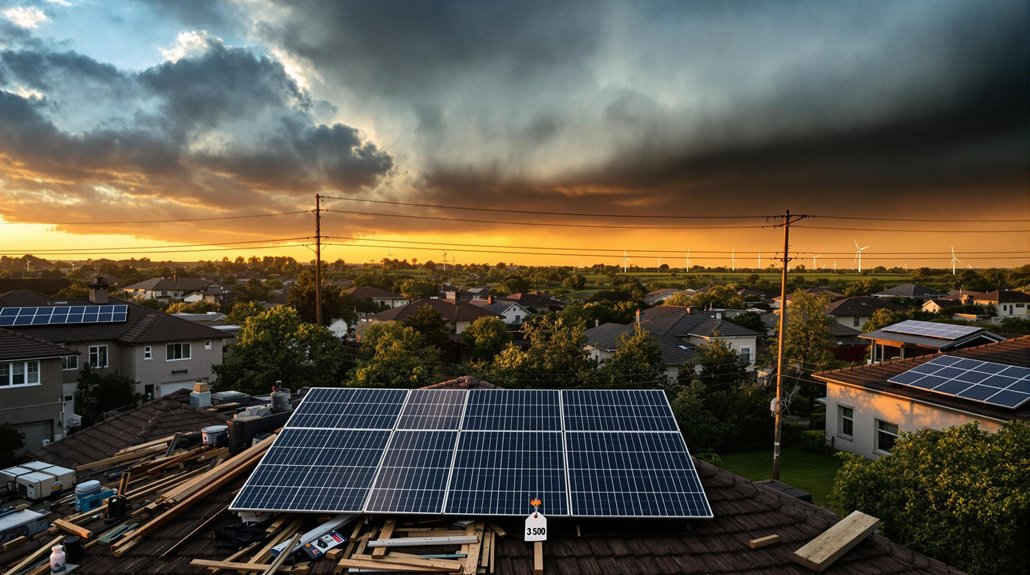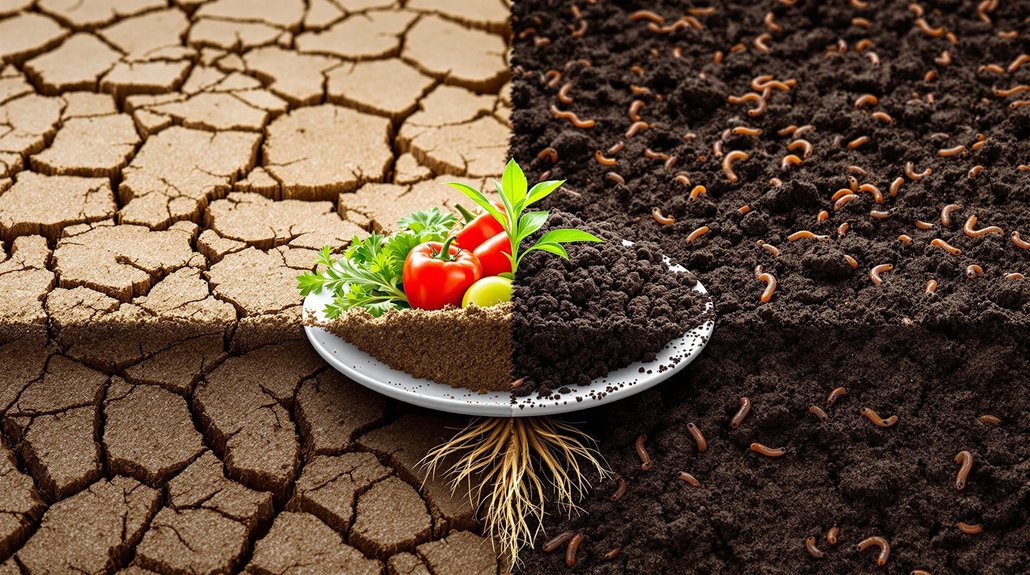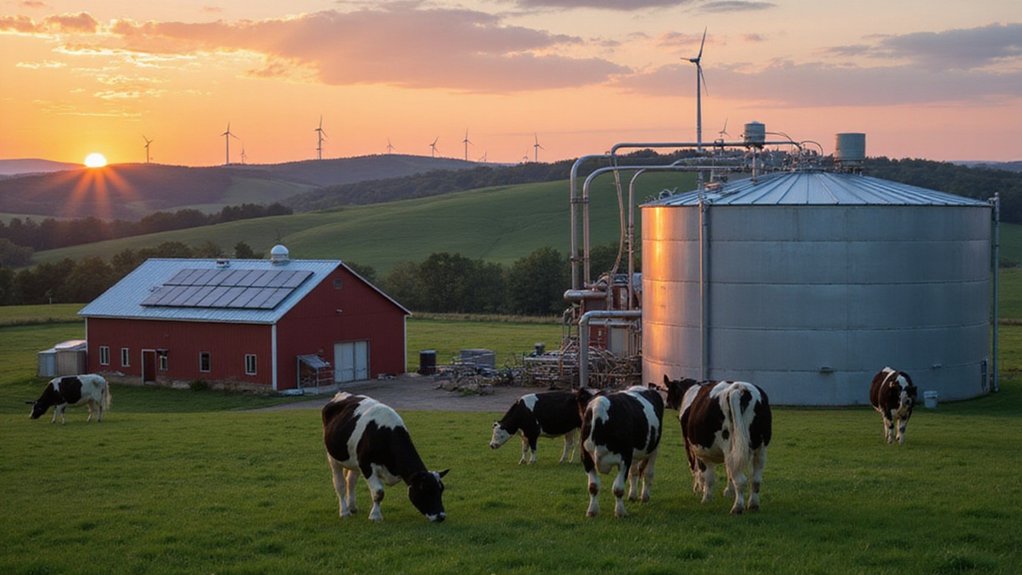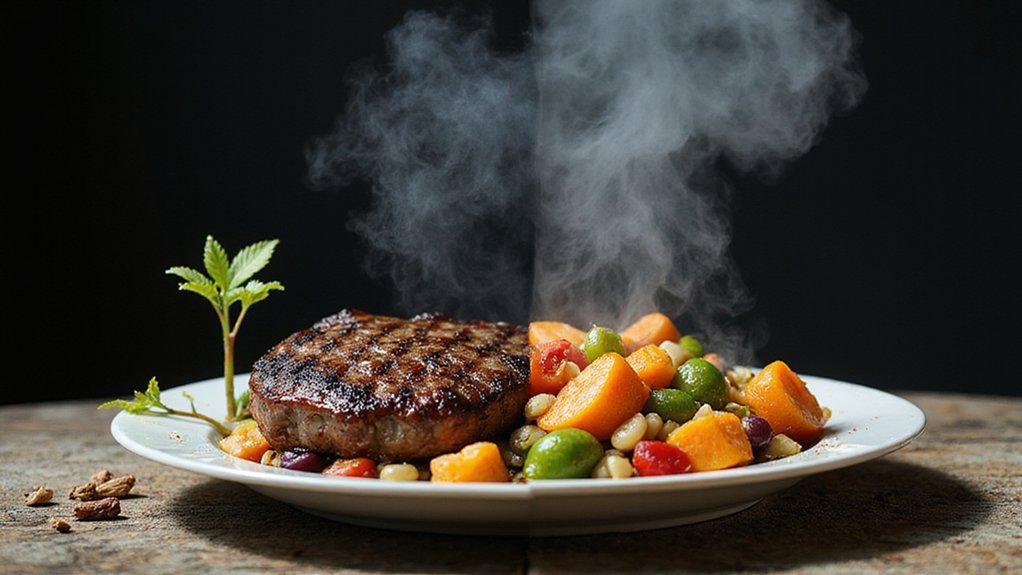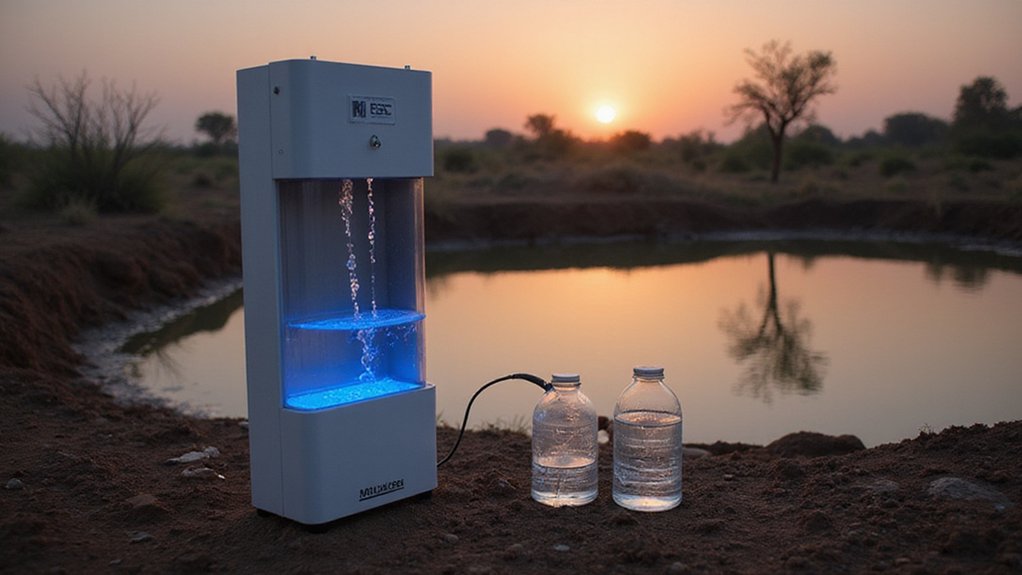The federal government is investing $537 million in biofuel infrastructure across 29 states. This funding supports 543 projects that upgrade storage tanks and fuel dispensers for higher biofuel blends. Iowa leads with 42 ethanol plants producing 4.7 billion gallons annually. The investment creates jobs, boosts rural economies, and reduces greenhouse gas emissions. Farmers benefit from increased demand for crops while communities gain long-term employment. This transformation promises to reshape America’s energy landscape.
America’s heartland is experiencing a major shift in energy production as the biofuel transformation gains momentum across rural communities. The USDA has invested $537 million in biofuel infrastructure through the Higher Blends Infrastructure Incentive Program. This funding supports 543 projects in 29 states, focusing on upgrading storage tanks and fuel dispensers for higher biofuel blends like E15, E85, and B20.
Iowa stands at the forefront of this transformation with 42 ethanol plants producing 4.7 billion gallons annually and 10 biodiesel plants generating 416 million gallons. These facilities create jobs and boost local economies while reducing America’s dependence on imported fuels.
The impact on rural communities extends beyond the plants themselves. Farmers benefit from increased demand for corn and soybeans, creating more stable agricultural markets. New infrastructure projects bring construction jobs to small towns, while permanent positions at biofuel facilities offer long-term employment. Growth Energy’s roadmap aims to further revitalize rural America through expanded homegrown ethanol production and use. Secretary of Agriculture Brooke Rollins formally announced the investments during a visit to Iowa’s agricultural heartland.
Environmental benefits are significant too. Biofuels produce fewer greenhouse gas emissions than fossil fuels and encourage sustainable farming practices. These renewable fuels promote a sustainable cycle of growing, using, and regrowing resources. The expansion also supports federal carbon capture initiatives and the growing sustainable aviation fuel market.
Government policies play a vital role in this development. The Renewable Fuel Standard sets biofuel blending requirements, while reduced Small Refinery Exemptions guarantee steady demand. Federal programs now support year-round E15 sales and are expanding biofuel use in marine and freight transport.
Technology advancements continue to improve the industry. Innovations in crop genetics increase yields, while new processing methods create additional bio-based products. Improved distribution systems make these fuels more widely available.
For rural families, the biofuel boom means increased incomes and economic stability. Farmers enjoy more diverse revenue streams, while communities benefit from expanded tax bases that support local services.
This rural renaissance demonstrates how agricultural communities can thrive through innovation while contributing to America’s energy independence and environmental goals.

